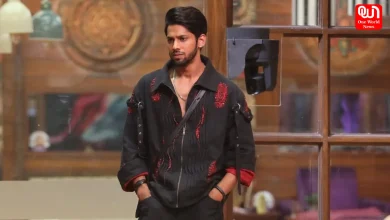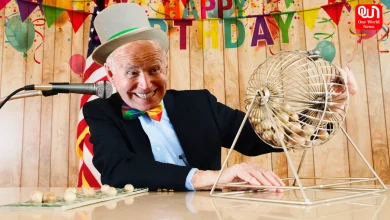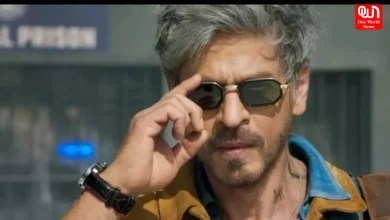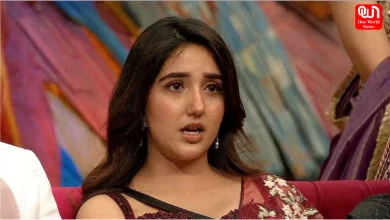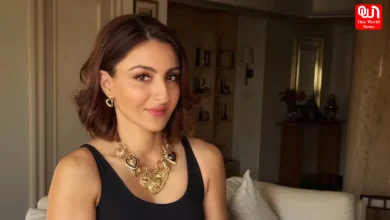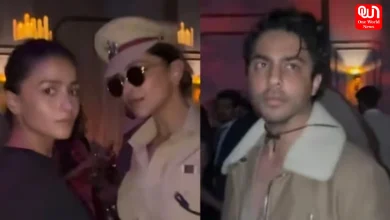Changing Narratives of Content on Television Soap Operas

How Television Industry is trying it’s hands at changing the stereotypical representation of its characters
Indian Television Industry is living history of more than six decades and over the period of time, television and the content on television has evolved by many folds. Well, it won’t be the wrong to say that it started with a highly progressive not with shows like Hum Log, a show that used to talk about the struggles of middle-class Indian societies and used to deliver compelling morals on various ills of society, and Buniyaad, a show on stories of the partition of 1947. We parallelly dwelled into the mythological era too and then came the era of Ekta Kapoor, where we actually started to see the content, which certainly worked on stereotyping characters and narratives.
Read more: The Debate on Trans Gender Representation: Bollywood actors playing Trans Gender Roles

With shows like ‘Kyuki Saas Bhi Kabhi Bahu Thi’ and ‘Kahaani Ghar Ghar ki’, a daily buzz of Tulsi’s and Parvati’s struggle of proving themselves as the right, ideal bahu, who is obedient, religious, sanskari, beautiful and basically, Sarva Gun Sampann for their husbands and family became a hit-hit for Indian masses. Their representation had set pseudo ideals for the daughters-in-law, beauty standards, standards for lifestyle and cultures, as most of them have been based in the big, urban houses, with flashy lights and no parallels to reality. It won’t be wrong to say that these shows gained a lot of love and TRP from the masses for stereotyping women, gender roles, and family cultures. For long, at least for a decade or two, we happen to see similar sort of content until shows like ‘Bidaai’, ‘Balika Vadhu’ and ‘Na Aana Is Desh Meri Laado’ gained the much deserving popularity. Not that these shows don’t stereotype, not that these shows don’t propagate false ideas, but the fact that they took the initiative to play with the stereotypical narratives and bring progressive storylines that even dwell in the structure and societal ills made it a win-win situation.
Post that, some shows like ‘Parvarish’, a show that discusses how to raise teens up, ‘Tammana’, a show about how a woman cricketer happens to face society, smash the patriarchy, and choose to play cricket, and ‘Everest’, a show about the journey of a woman chooses to climb Mt. Everest. Or “Kuch Toh Log Kahenge” which came with the idea of normalizing love with an overaged spouse. These shows remained to be very offbeat and were loved by the audience too, for the time they aired.
And if we look at the contemporary shows, the Colours TV’s recent release, ‘Molkki’, about a victim of bride buying, ‘Anupamaa’, the story of a woman who decides to relive her life on her own terms, after her no getting a credit card because of being a housewife who traded her career for the family. Another progressive show can be “Story Nine Months ki” Alia, an independent young woman, decides to become a single mother through IVF. Well, shows like these are definitely adding to a new and modernized spectacle in terms of the perspective and perceptions of the society.
Although, we all know that any change needs time and so is with the content of television. Where we are seeing progressive women stories or shows like “Yeh Rishta Kya Kheleta hai” Changing its narratives over a period of time, we do have shows like ‘Nagin’ which still get a lot of limelight. Now, we don’t need to dwell on a progressive narrative around binary genders but need to give representation to nonbinary, voice to progressive ideologies, and space for better socio-cultural identities.
Have a news story, an interesting write-up or simply a suggestion? Write to us at info@oneworldnews.com

